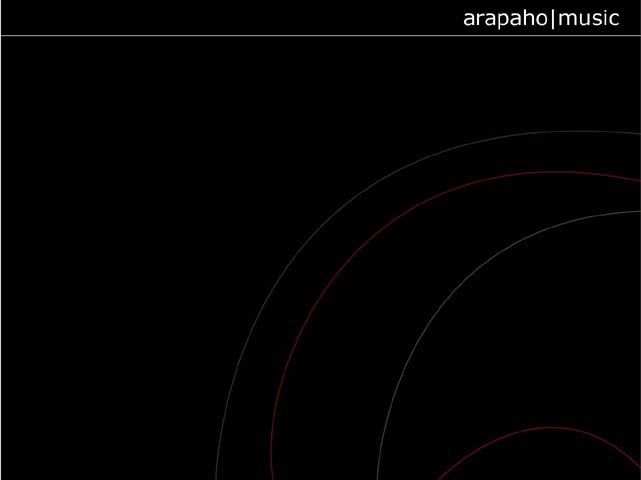
In 1888, the Ghost Dance religion emerged. A prophet named Wodziwob, a Walker Lake- Walker River Northern Pauite dreamed of this dance. Following Wodziwob, Ta'vibo taught about the old ways of life and resurrection. Then another came, Wovoka, sonof Ta'vibo, who took his father's teachings and brought Christian ideas to them. The Ghost Dance promised restoration of life, before the coming of the white-man in which the buffalo would return.
Paired phrasing, a style of singing found in the Ghost Dance, and known to the Great Basin region, can induce hypnosis and trance-like states. "They fall into sections so symmetrical as to be startling in primitive material. This symmetry is achieved by the most essential feature of the style, a simple structural device, every phrase is rendered twice" (Densmore, 78).
The Ghost Dance was used in the treatment of the sick and to promote good health. No drum or rattle is used in the opening song of the Arapaho Ghost Dance. The entire melody is made up of four pairs of phrases. The structure of the dance consists of concentric circles formed by the tribe. The tempo of the song progresses faster and faster throughout the dance. Members keep in step moving one foot to the left while extending the right foot to drag along the ground. From this movement, a fine dust accumulates off the ground that is occasionally thrown high into the sky.
To learn more go to www.colorado.edu/FRIT/arapaho/dance/Ghostdance/Ghostdance.html